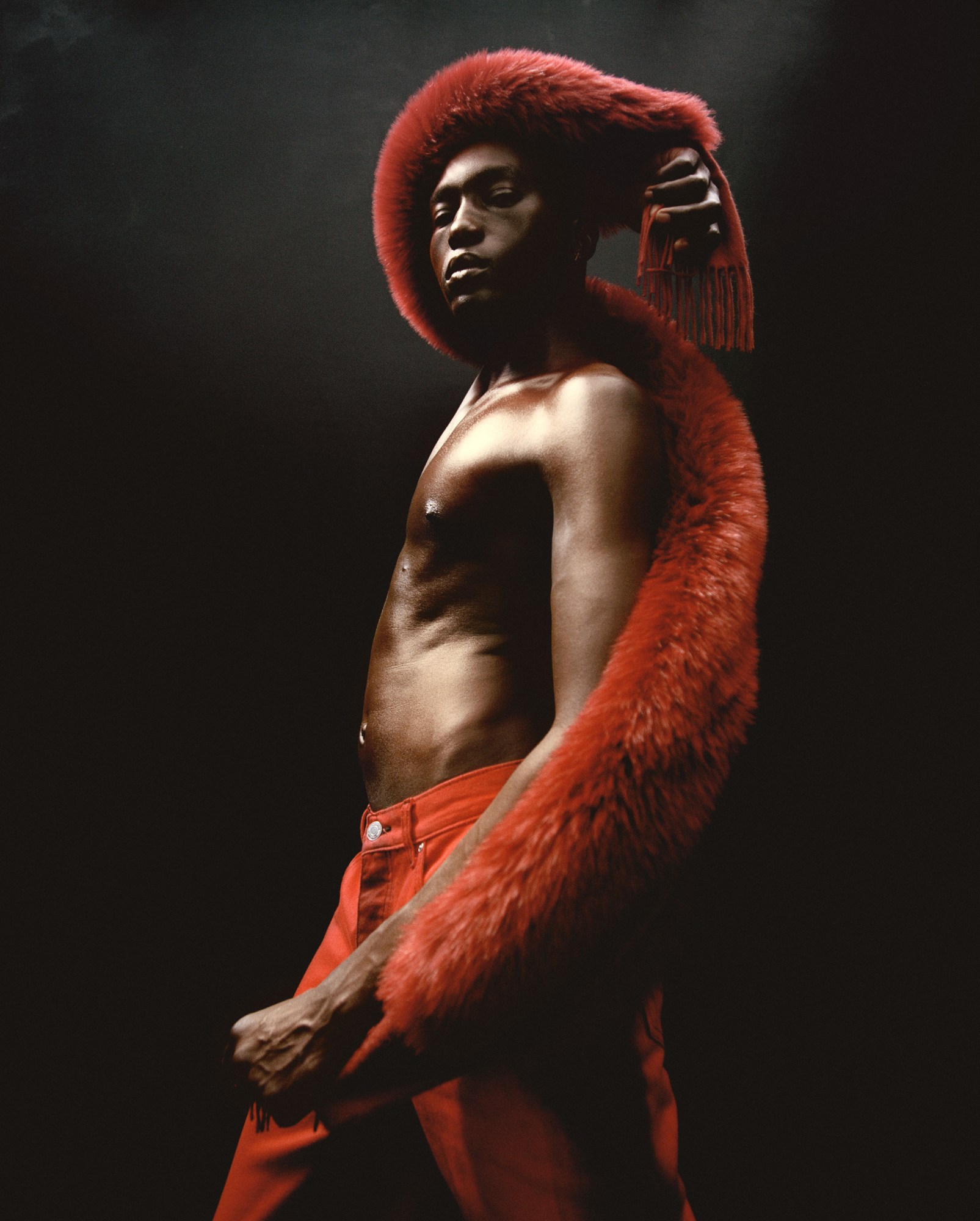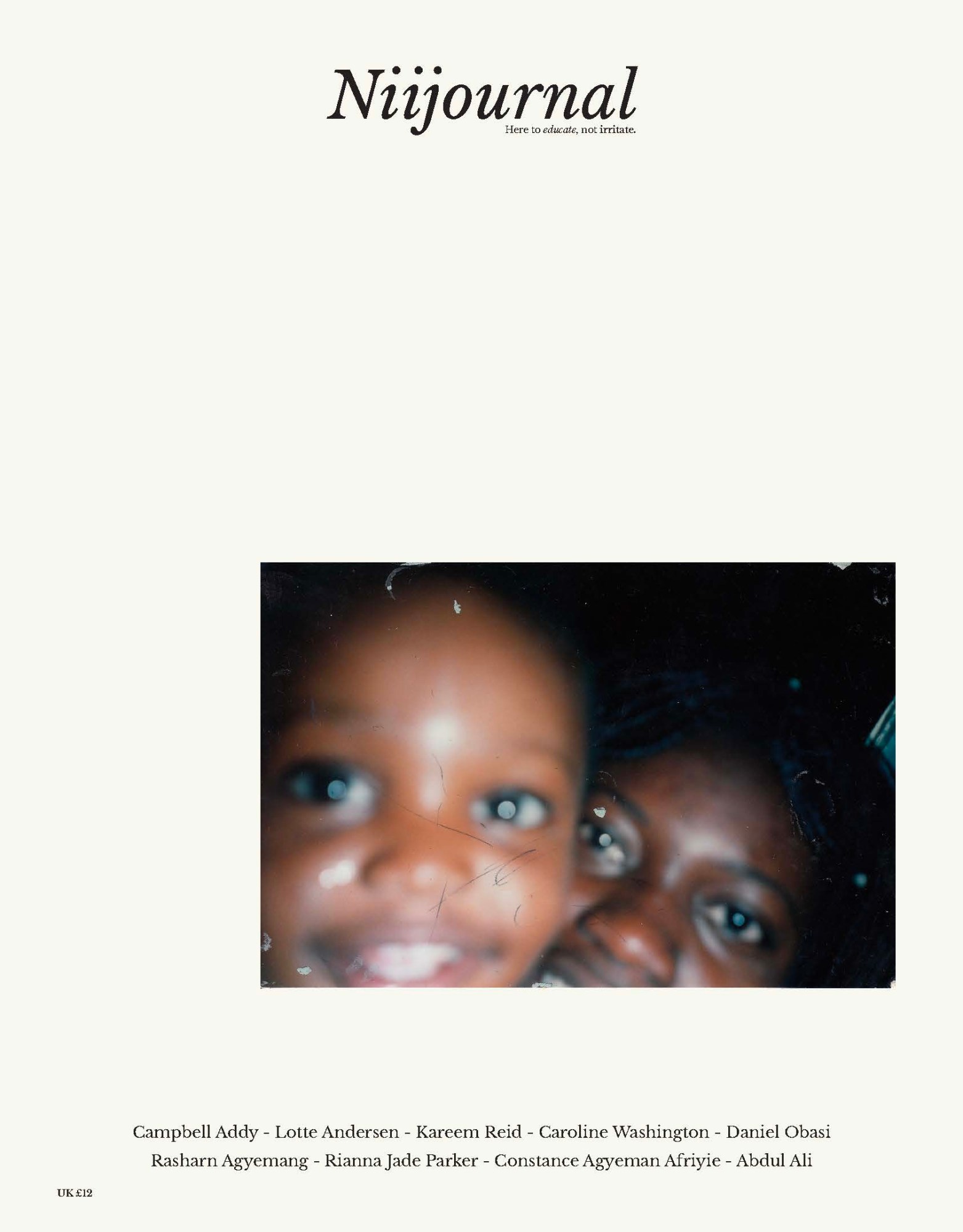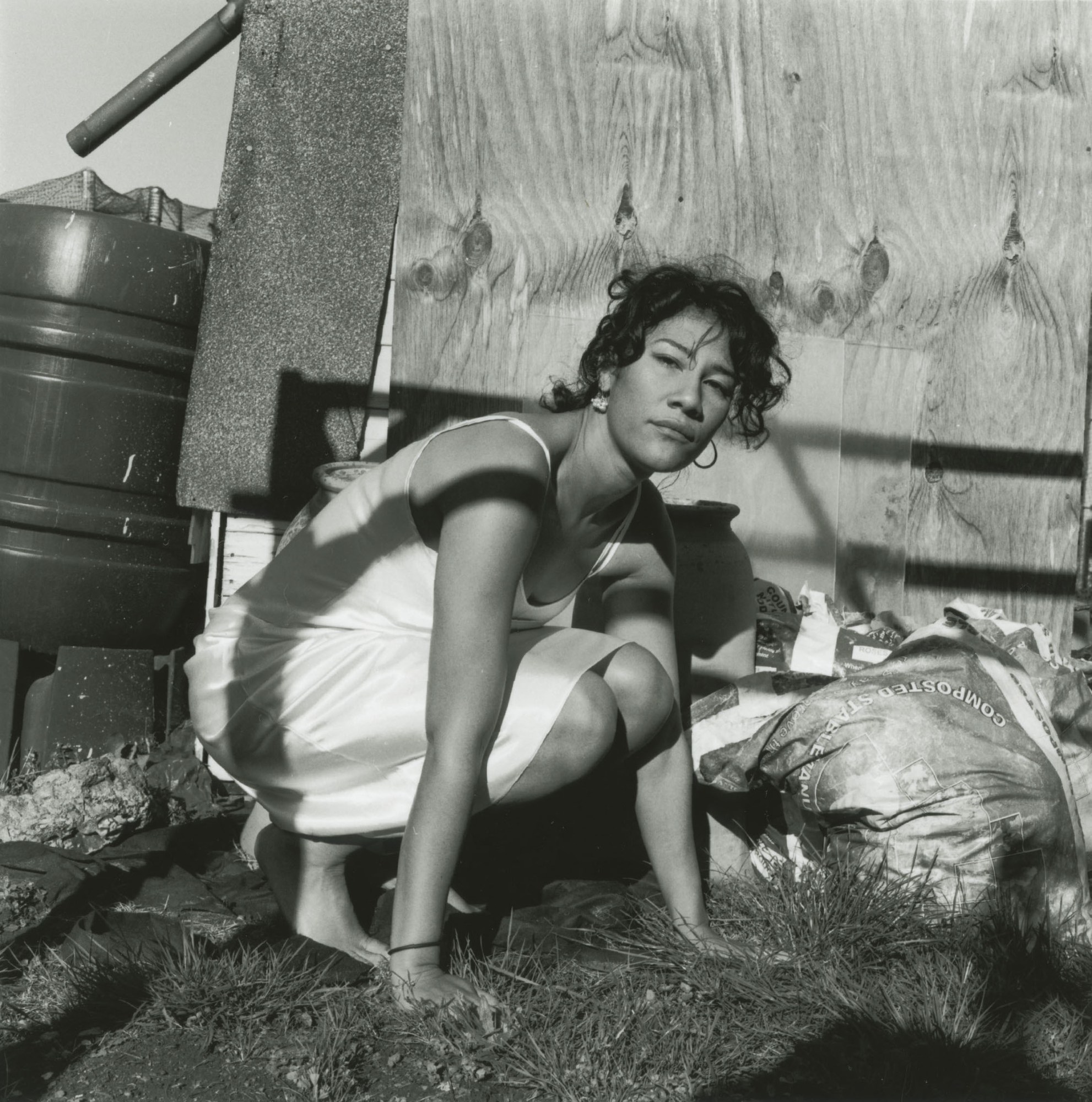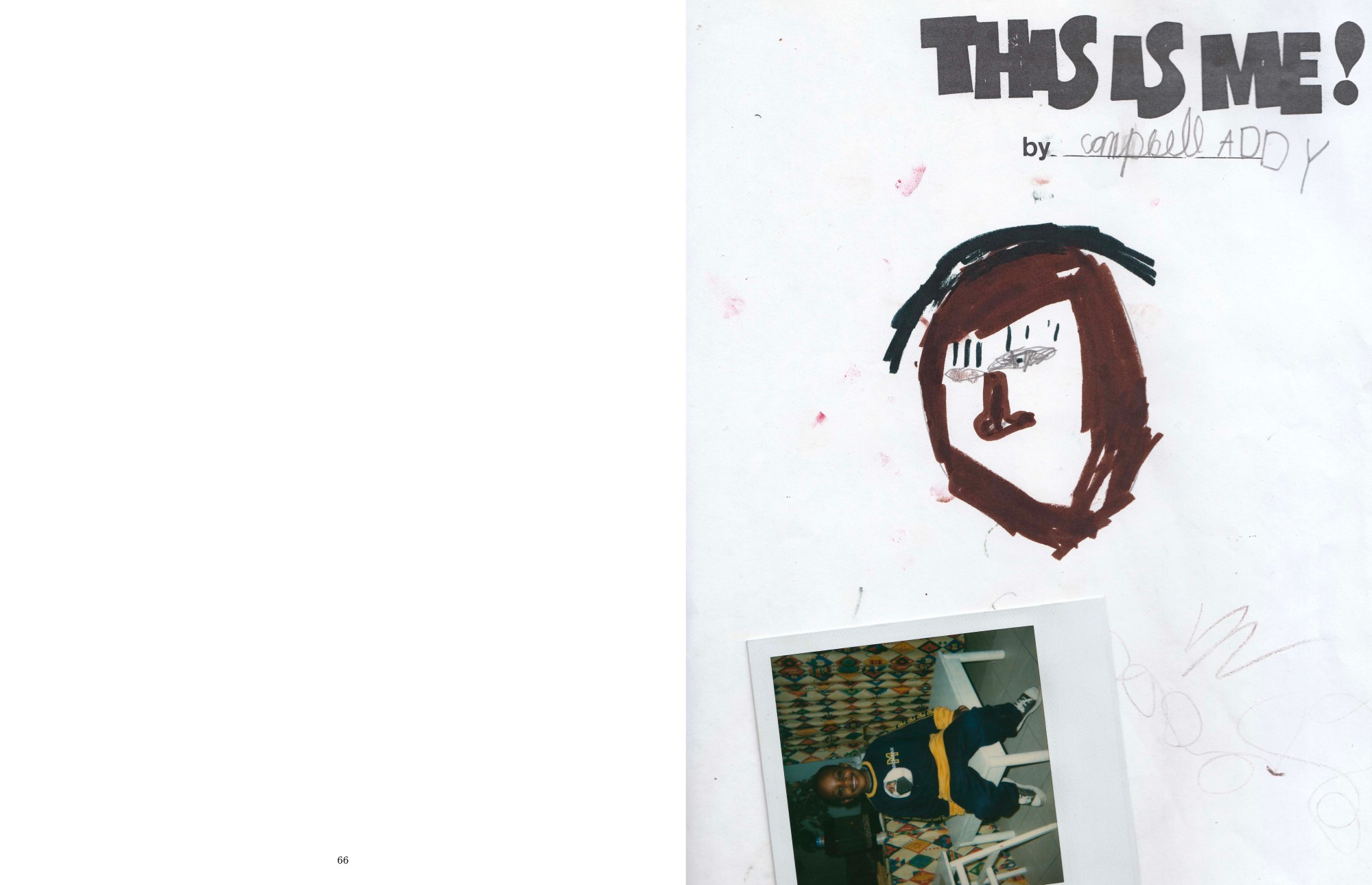“I thought long and hard about what I wanted to talk about in this issue of Niijournal,” Campbell Addy explains over email, as he shares a preview of the latest issue with i-D. “I wanted to create an issue that links and documents family.” Why? Because today, family extends far beyond the people we’re related to. Family is about community, sisterhood and brotherhood, they’re the relationships that provide the foundation for our individual and collective wellbeing. When there are so many socio-political divides, we have to join together, nurture positive relationships, and promote hope. That’s just what Campbell Addy is doing with Niijournal.

Working across mediums and creative endeavours, Campbell’s work has always been, and will always be, narrative-filled and emotion-driven. From snapping enigmatic model of the moment Adut Akech for his first i-D cover, to opening up about race and sexuality in his debut exhibition, everything the south London-born creative talent does is propelled by a desire to share an authentic voice, to shift conversations and shine a light on the previously overlooked. With Nii Agency and Niijournal, he’s part of a new start-up, DIY generation who have jumped fashion’s seemingly impenetrable walls to question what creativity looks like in 2018 and beyond. From communities, both online and off, to teams, tribes and collectives, Campbell’s career has seen him build a creative family of like-minded talents that share his outlook.

In the summer of 2016, Campbell created the the first issue of Niijournal in his bedroom as the final year project for his Fashion Communication degree at Central Saint Martins and launched it with the message: “Here to educate, not irritate.” As these words resonated beyond the classroom, the publication has evolved from a solo student project into an inclusive platform to discuss everything from diversity to mental health, driven by a growing family of close-knit contributors. While commissioning friends from fashion’s new wave — everyone from Tyler Mitchell to Akeem Smith and Ib Kamara to Kristin-Lee Moolman — each issue has explored themes close to Campbell’s heart, body and mind. None more so explicitly than issue three, titled Family Ties.

From the late 90s selfie with his mum, Constance Agyemang Afriyie, that graces the cover through to childhood artwork scans, Campbell’s own coming of creativity and family relationships are on show. Campbell and his growing team of collaborators explore our closest, most intimate relationships, the people that define us and the places we call home. As the pages take the reader on a journey through pioneering black LGBTQ communities, the black church, the nightclub, a house in New Addington, a house in Accra, and a photographer’s studio in Brixton, we also see inside Campbell’s own difficult childhood and meet his mum, Constance Agyemang Afriyie.

“Naturally exploring family ties eventually led to my own and I wanted to explore a relationship that governs all of my relationships to date and that’s the one with my mother,” Campbell explains. So, the cover sees a smiling six-year-old Campbell and his mum, shot in 1999. “Using the image feels like a stamp of healing,” he explains. “It signifies that we understand what’s happened in the past and we are moving forward. It also symbolises a happier and more innocent time.” A time before separation, disagreement and disenchantment. There’s an honesty shared too, because relationships within families are rarely constant; they’re fluid. “Most LGBT black people have a chosen family because a lot of our families reject our sexuality,” Campbell notes. “People don’t see eye-to-eye for whatever reason so they create their own chosen family. Some family members of mine have come through the industry whilst working together and of course some are blood relations too. Ultimately, family is a community filled with love.” After their difficulties, it’s heartwarming to see the two of them, Campbell and his mum, united and filled with love for one another. “Inside the issue, we talk about the NHS, mental health and religion,” Campbell explains, “and we highlight what’s it’s like to be a black British person, subliminally across two generations.”

“I feel very overwhelmed and blessed,” Constance explains when we ask her how it feels to grace the cover of her son’s publication. “I’m the proudest mother ever. Coming from a broken home to where he is now, he has infiltrated and created something worthwhile and it makes me think, wow, is this really my son? I advise Campbell to keep pushing. Please do it for yourself, and show people who came from a broken home that there’s a light at the end of the tunnel. If you can do it, then we too can do it. Please keep sharing your life to world as a beacon of hope.” It’s advice that echoes Campbell’s innate creative focus. “I would like readers, including myself, to try and think outside the realms of what’s been given to us,” Campbell explains. “A lot that can aid and shape who we are is what we choose for ourselves. The term family is ever-changing, as we all are, everyday.”
Celebrate the launch of Niijournal Issue III: Family Ties on 20 December at 50m, 14-15 Eccelston Yards, Belgravia, London SW1W 9AZ
